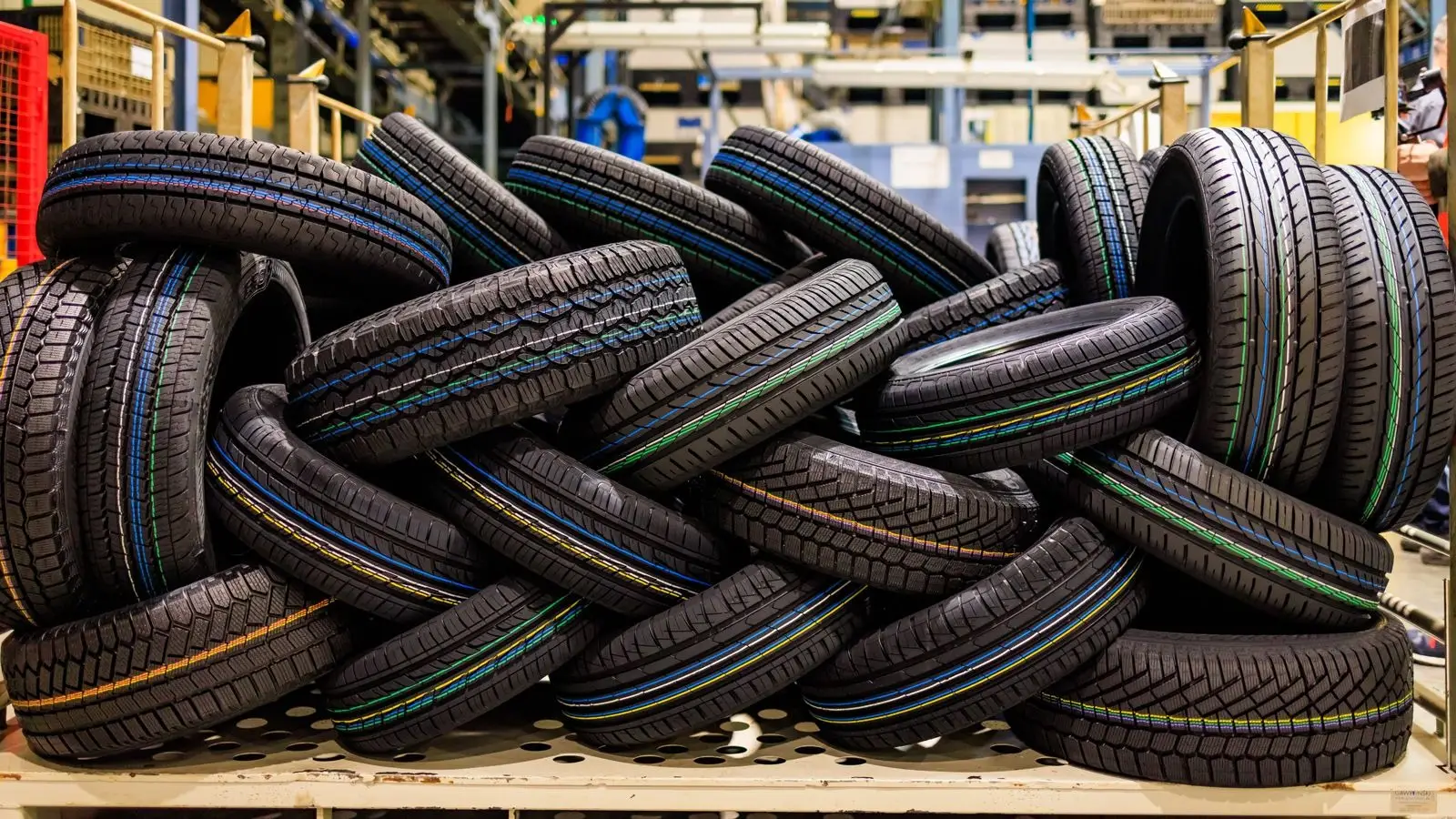Articles
How to Tell If You Need New Tires: Key Warning Signs & Risks

Worn-out tires can impact safety, fuel efficiency, and handling. Learn the key signs that indicate it’s time for a replacement and why delaying can be dangerous. Stay safe on the road!
Tires are your car’s only point of contact with the road. Their condition directly affects handling, traction, fuel efficiency, and most importantly—safety. However, many drivers put off replacing their tires, often underestimating the risks involved. In this article, we’ll break down the key visual and technical signs of wear and explain why delaying replacement isn’t worth it.
Visual Signs: What You Can Spot Easily
1. Tread Depth Below the Legal Limit
Tread depth is not just a number—it’s a safety factor. In the U.S., the legal minimum is 2/32 inches (about 1.6 mm), but experts recommend replacing tires earlier, especially in wet conditions. A quick test: insert a penny into the tread groove with Lincoln’s head facing down—if you can see his entire head, it’s time for new tires.
2. Uneven Tread Wear
Tires should wear evenly. If one side is worn out while the other looks fine, it could be due to improper inflation, suspension issues, or misalignment. The longer you drive with unevenly worn tires, the worse your traction becomes.
3. Cracks and Bulges on the Sidewalls
Check your tires’ sidewalls for cracks or bubbles. These can develop from aging rubber, excessive heat, or hitting curbs and potholes. A bulging tire is a ticking time bomb—it can blow out unexpectedly.
4. Embedded Objects or Damage
Nails, glass, and other debris can get stuck in the tread without causing an immediate puncture. However, slow air leaks are a warning sign that your tire may need repair or replacement.
Technical Signs: What You Might Feel While Driving
5. Reduced Traction
Even if the tread looks decent, old rubber loses elasticity, making the car less stable on wet roads. This increases stopping distances and raises the risk of hydroplaning.
6. Vibration and Noise
If you notice excessive vibrations or unusual noises while driving, the issue might not just be the suspension—it could be the tires. Misaligned, unbalanced, or deformed tires can cause unpleasant driving experiences and poor handling.
7. Tire Age
Rubber deteriorates over time, even if the tires haven’t been used much. Manufacturers recommend replacing tires every 6–10 years. You can check the manufacturing date using the DOT code on the sidewall—the last four digits indicate the week and year (e.g., “2318” means the 23rd week of 2018).
Why You Shouldn’t Delay Replacement
Postponing a tire replacement can lead to serious consequences:
- Higher risk of accidents. Worn-out tires lose grip, especially in wet conditions, turning your car into an uncontrollable metal sled.
- More expenses. Bad tires reduce fuel efficiency and can damage the suspension. A roadside tire failure can also be costly to fix.
Keeping an eye on your tires isn’t just about comfort—it’s about safety. Regular inspections, proper inflation, and timely replacements can help you avoid trouble on the road. If you notice signs of wear, don’t delay—good tires can save lives.
2025, Mar 15 11:13


